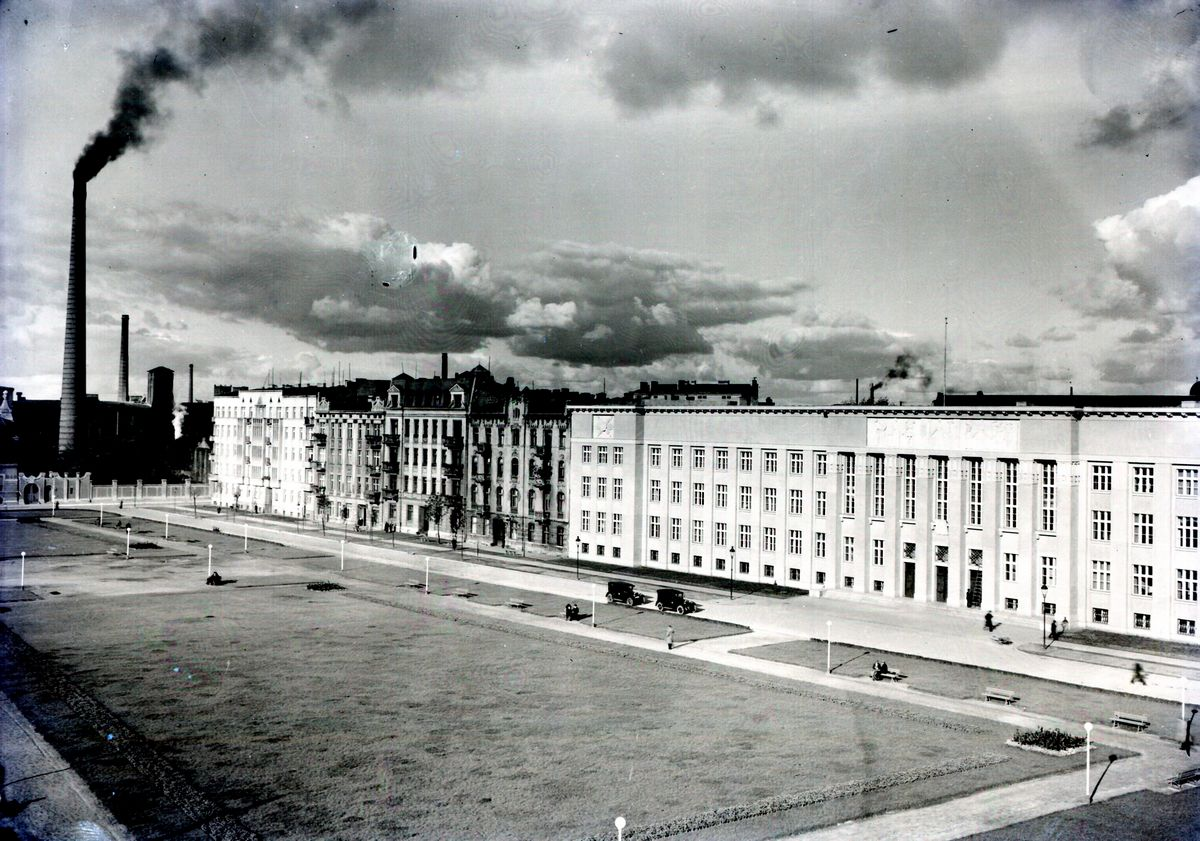————
Łódź is the third largest city in Poland. The history of Łódź as an industrial agglomeration began with the decision made by the Viceroy of the Kingdom of Poland in 1820, who granted Łódź with the “factory town” status. It was through the efforts of Rajmund Rembieliński and Stanisław Staszic that a decisive stage in the history of Łódź began. That decision by the governmental authorities of the Kingdom of Poland gave Łódź great opportunities for development and determined the direction of changes for many upcoming years.
Today, it is difficult to imagine that Łódź was once a small town and yet that was the case. The 19th century development of industry, mainly the textile industry, led to the development of the town and the emergence of a large agglomeration. Before our Theatre was built, there was a market square named Plac cegielniany – Brick square (later Targowy Rynek – Fair Market) because the products of the nearby brickyard were sold there. Today’s Stefana Jaracza Street was called Cegielniana Street. The first building constructed next to today’s Plac Dąbrowskiego was an Art Nouveau tenement house (today’s Plac Dąbrowskiego No. 4). It was designed by Gustaw Landau-Gutenteger, one of the most outstanding architects in the history of Łódź, called the master of Art Nouveau, to whom Łódź owes many beautiful buildings. The second brick building was the corner, Neo-Romanesque Shelter for elder and crippled people, or the later Collegium Anatomicum. The court building was built in the 1920s, and the opera house was built long after the end of World War II.
However, the town authorities of the time had some plans for this attractive part of Łódź. What kind of plans?
This historic journey will be presented to us by an article published in “Głos Poranny” on 12 July 1938 entitled Pałac województwa na pl. Dąbrowskiego. We recommend you to read page 8.
We would like to thank Juliusz Grzelczak for doing the research and making the file available.
Plac Dąbrowskiego around 1930, photo Włodzimierz Pfeiffer, National Archive in Łódź
Glos Poranny1938nr189a

